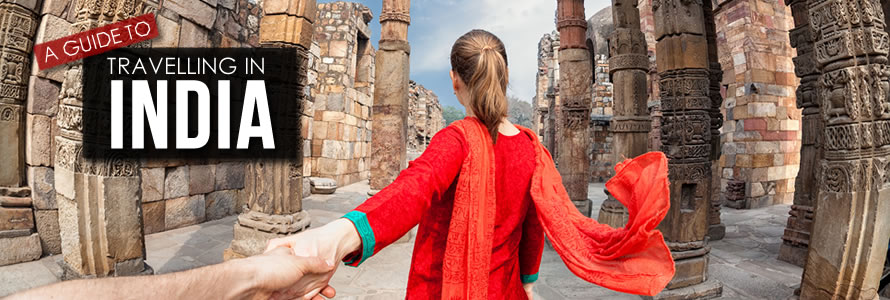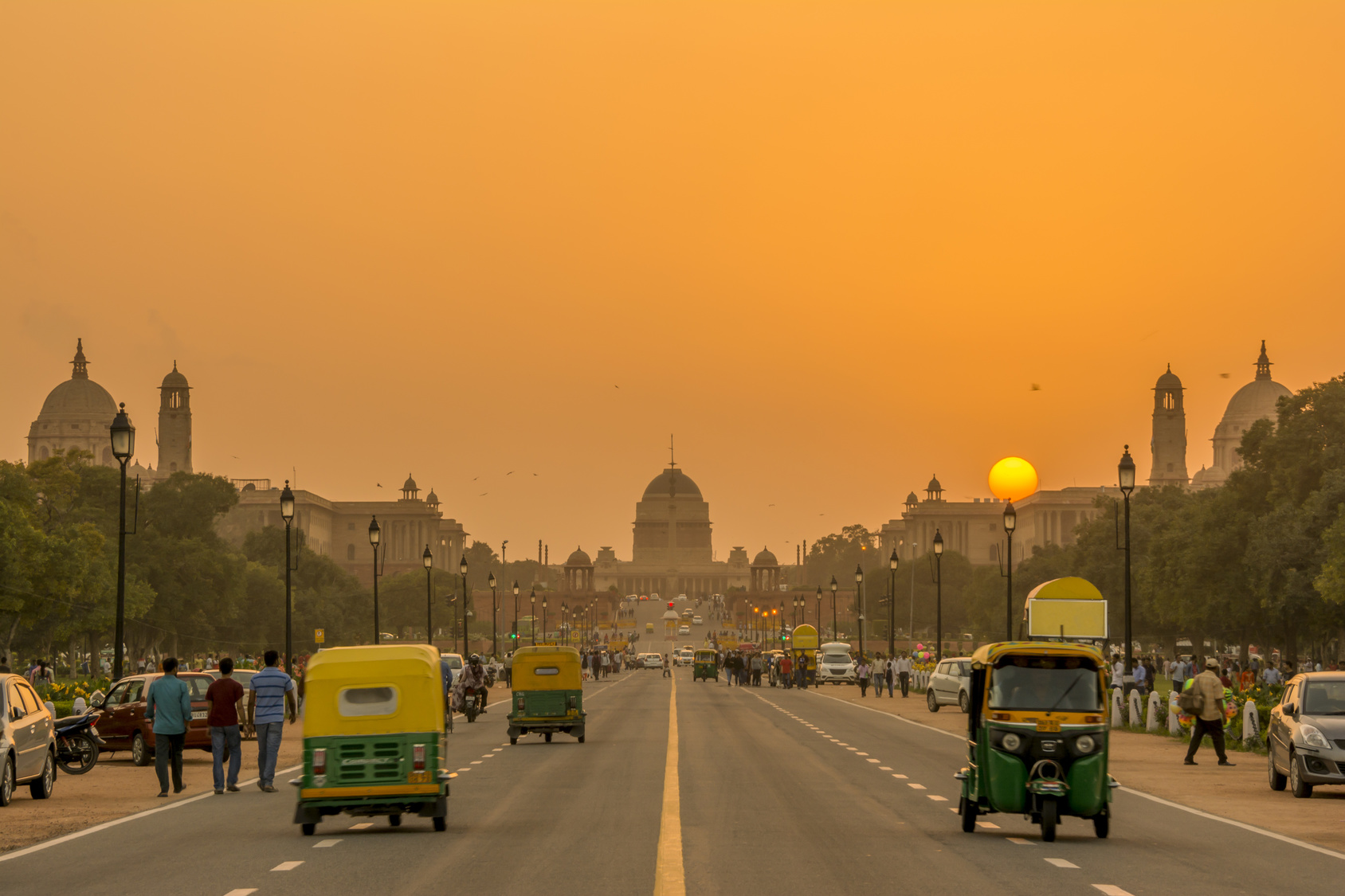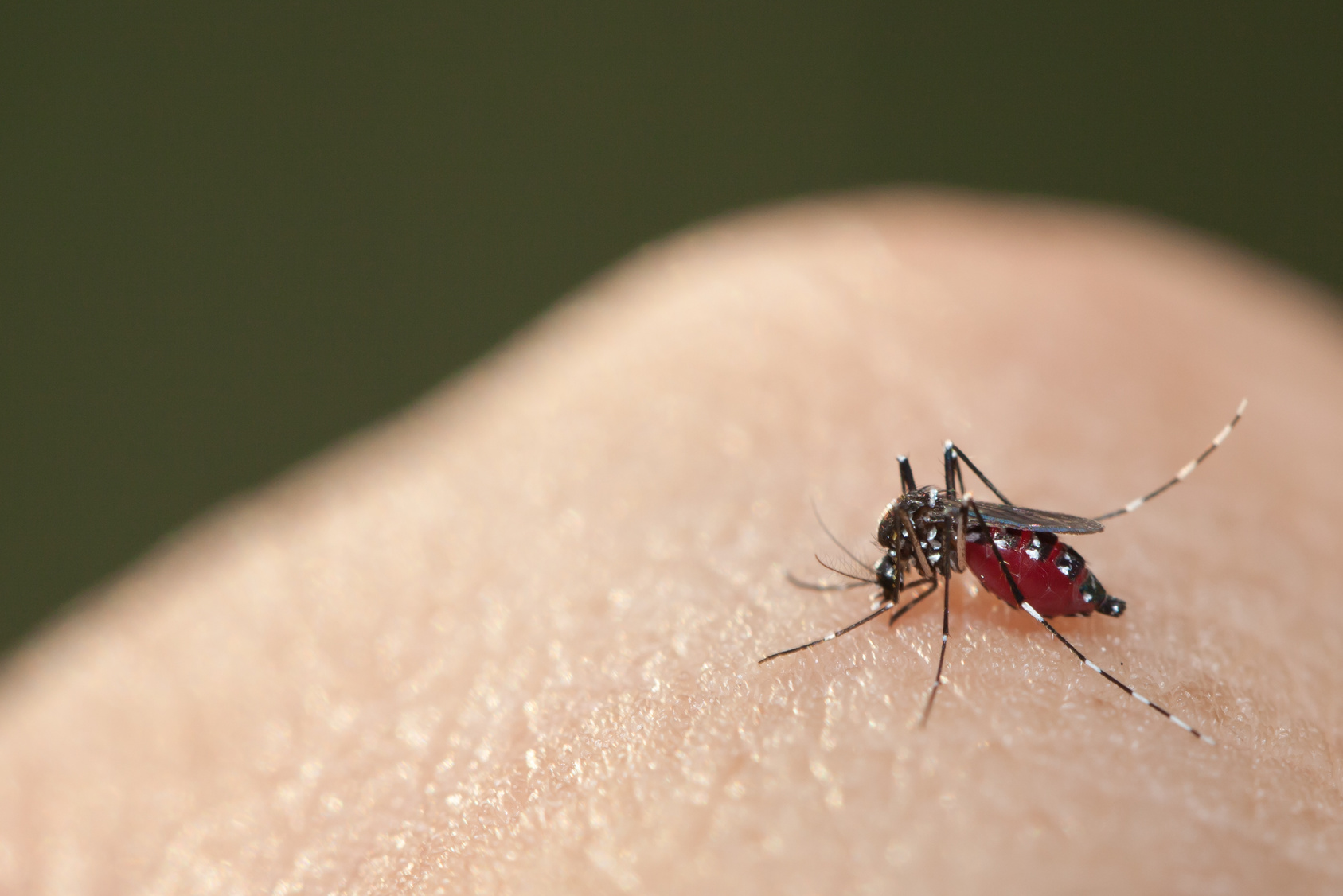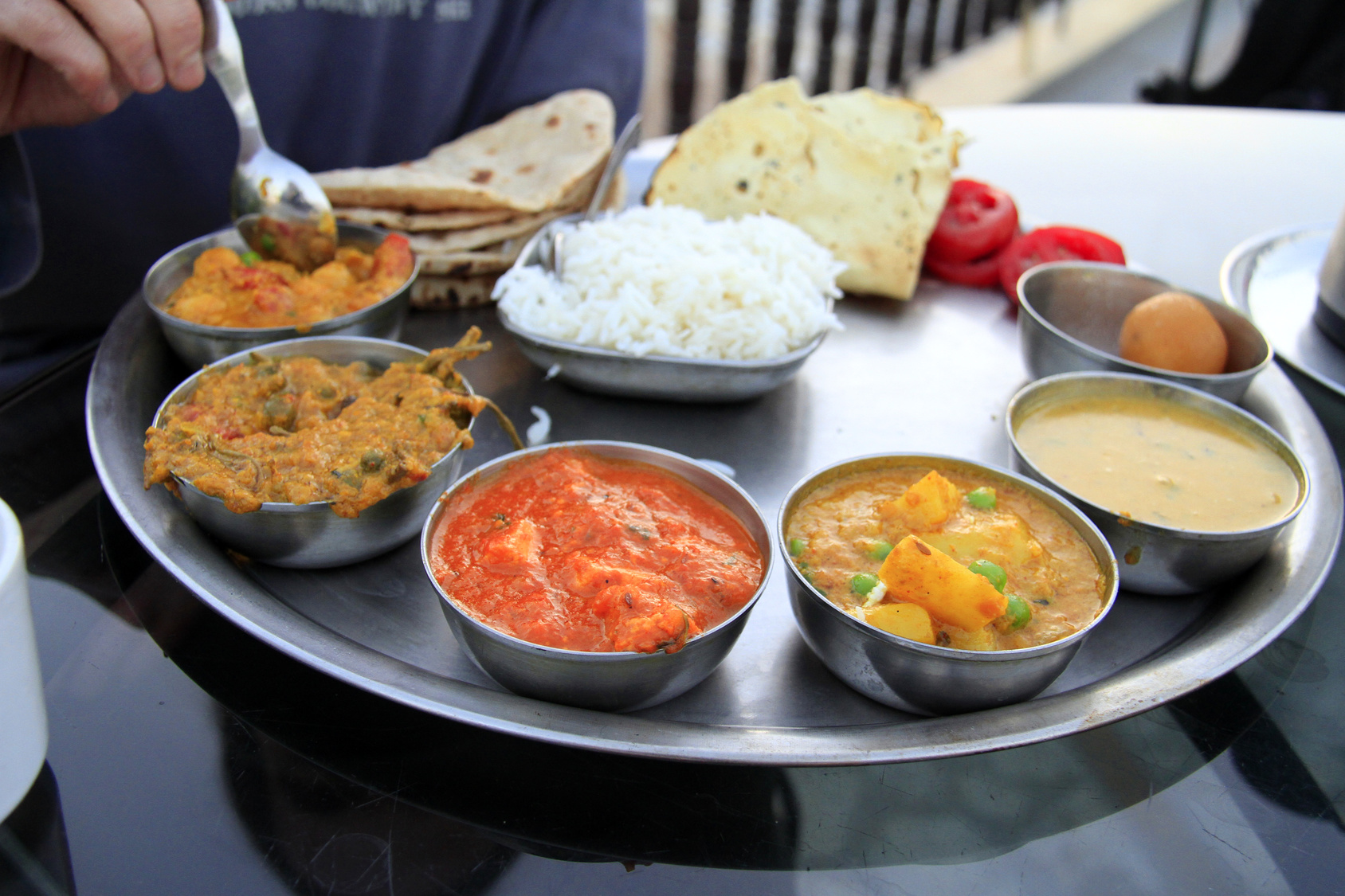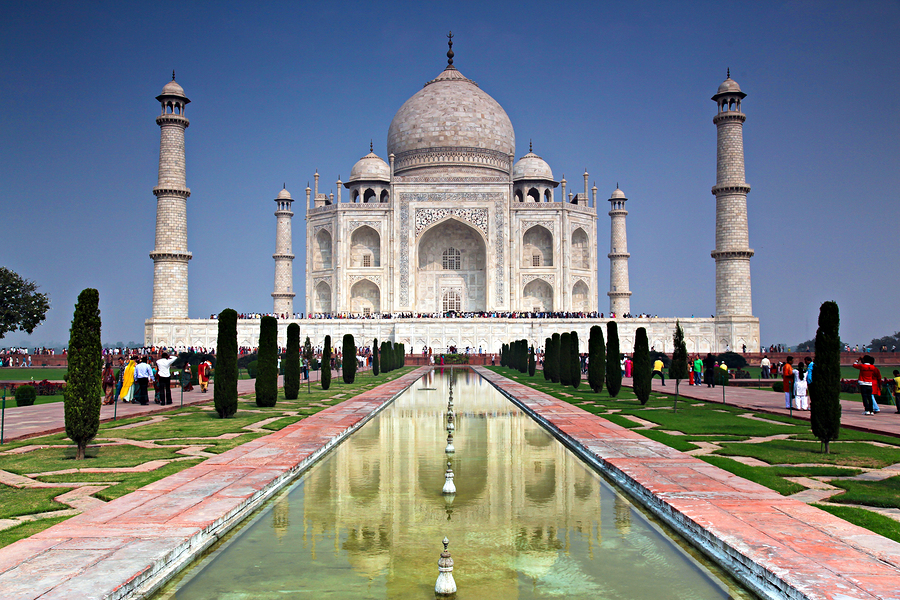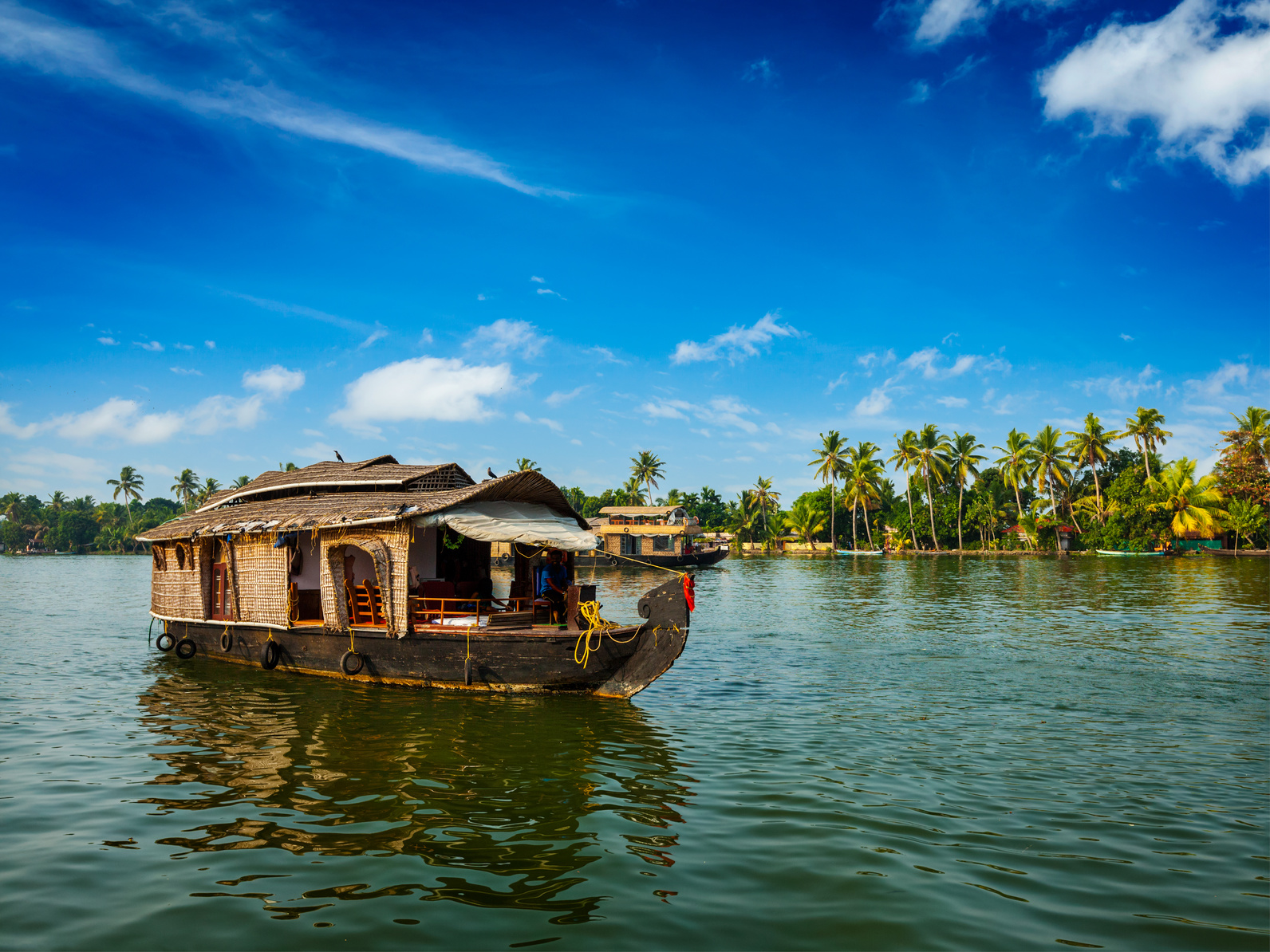India is vast. It is the world’s seventh largest country by land mass and has more than one billion people living here, making it the world’s second most populous country after China. Cradled within this huge mass is a nation full of seemingly endless diversity with regard to landscapes, language, culture, food and people. India has the capacity in equal measure to overload the senses of and delight to the extreme all those who venture here.
India is not for everyone; there are those who will tell you that while visiting India you cannot fail to come across displays of abject poverty on an almost constant basis – something which can push your emotional buttons to the max. They will speak of the seemingly ever-present dust-clouds, odours of dung-smoke and diesel fumes which serve to irritate both body and mind.
However, tourists and travellers still flock here in vast numbers every year and for every detractor who relates all that is negative, there are also those who will describe India as something very different. These are the people who have become beguiled and bewitched by a land in which Buddha lived and which still practices rituals so ancient no-one knows exactly where and when they began. These are the people who have enjoyed India’s fantastic cuisine and its stunning wildlife or perhaps wandered – full of wonder – around bazaars teeming with the exotic and colourful or found themselves constantly face-to-face with quirky reminders of the British Raj. These are the people who have set off to explore structures, sites and places where some of the most historically and diversely religiously significant ancient buildings and curiosities exist on the planet. There is no doubt India offers certain challenges to the traveller but so too does it offer the especially magical in vast quantities.
Visas
Unless you are a citizen of Nepal, Bhutan or the Maldives you will have to have a visa to visit India. The citizens of over 100 countries – including the UK, Australia, New Zealand, Canada and the US – can apply online for a 30 day e-visa or visa on arrival. The visa is valid from the day you land in the country.
If you want to remain in the country for longer than this standard 30 days you will have to apply for a 6-month tourist visa before arriving in the country which is available for the vast majority of nationalities. Be aware that this type of multiple-entry visa is valid from the day it is granted and not the date of your arrival in the country.
Proof of onward travel is a proviso of most visa awards although this may or may not be checked. There are areas of India – mainly in the north – in which foreign travellers can’t enter without special permits. In most cases these permits are applied for on your behalf when you travel with tour companies.
Weather & Seasons in India
Besides from being a vast country already affected by a variety of weather patterns anyway, the country is also packed with varied terrain and environments which include mountains, jungles, coastal areas and deserts. This makes generally describing as a whole what the weather is like in India – a country which experiences both sweltering tropical climes and heavy snow – very difficult. In total, India’s territory is classified as having six major climatic subtypes.
Expect the highest temperatures – those in excess of 27.5ºC – in the country’s south-east corner around the state of Andhra Pradesh. The lowest are found in the far north of India in an area which borders Pakistan and Nepal – which includes the states of Jammu and Kashmir along with Himachal Predesh – and experience temperatures which drop below 20º C. The mountain ranges which run along the country’s south-west corner in the state of Karnataka also experience lower averages, although slightly higher than the north. The rest of the country, with a few exceptions, has temperature averages of around the 25º C mark.
Otherwise, the country’s weather is all about the monsoons or periods of heaviest rainfall. There are two monsoons – the north-east monsoon which affects southern India from October to December/January and the south-west monsoon which lasts from June to September and affects much of the country, especially along the western coastal regions. The north-eastern region of India is affected by both monsoons which makes it one of the world’ wettest places.
From a tourist point of view India does have low and high seasons which will affect the prices you pay and the tourist numbers. Generally high season runs from December to March when rain is minimal and temperatures the most comfortable. Low season runs from around April to June and experiences some extra high temperatures and monsoon rains.
Health & Personal Safety Issues in India
Health
One of the main issues facing travellers to India revolves around the poor levels of hygiene which gives rise to many potential illnesses and conditions brought about by contaminated food and water. Travel in India for any length of time and it is almost certain that you will experience at least one period of ill health, although for the majority of people this is nothing more serious than the fabled ‘Delhi Belly’ when you will need to be within quick running distance of a toilet. As many as 70% of travellers to India will be affected by this and usually within a week or two of arriving as the body adjusts. Keeping a supply of necessary and basic medication with you at all times so you are prepared for any sickness bouts is a wise decision.
India is also a country which has a number of insect-borne diseases present including dengue and malaria. Make sure you use insect repellent containing at least 50% DEET and consider taking anti-malarial medication if you’re travelling to areas with a high risk of Malaria. A number of vaccines are often recommended for travel to India as things such as rabies typhoid, hepatitis and cholera are all risks. If skipping some recommended vaccine is tempting due to cost it might be worth bearing in mind that medical facilities in many places in India is extremely basic. Prevention is always better than cure and something vital for keeping the chances of a trouble-free trip high.
Otherwise, sun-burn, dehydration and altitude sickness are some of the more common issues for travellers.
Safety
As we may have mentioned a few times India is vast and has a gigantic population. Such factors mean crime statistics are reflected accordingly although generally India for the majority of travellers is a safe destination. The following need taking particular note of:
- Theft – while thefts with violence do occur the most common take the form of petty pilfering and pick-pocketing. If you’re worried about pick-pockets getting their hands on your stuff you may want to invest in an under clothes wallet to store your cash and valuables out of sight.
- Sexual assault – There have been a few serious national headline cases in India and a reported rise in crimes against women including foreigners. If you are a female travelling in India do some homework to ensure you know how to minimise the risks. Much of it is of course common sense and the same things you would have been doing all your life to keep yourself safe as a woman such as avoiding walking alone in certain places, not wandering around after dark, being careful about how and when you take public transport, not leaving drinks unattended and so forth. It is also sensible to dress conservatively to avoid attracting unwanted attention. It is worth noting that local trains often provide women-only cars which tend to be located at the front of the train.
- LGBT travellers – Same-gender sex is illegal and punishable by law in India although a new law in 2017 ruled that any member of the LGBT community was free to express their sexual orientation. This leaves the waters a little muddy where legalities are concerned but that doesn’t mean the society as whole is tolerant. Discrimination is commonplace and it is not unknown for police officials themselves to dish out harassment at best and blackmail attempts at worst.
- Scams – South-East Asia and India are places in the world with scams by the bucket-load, some of them incredibly ingenious. Several have been running for years and still successfully catch out the unwary while new ones are being concocted all the time. At best these scams are an inconvenient irritation but rob you of nothing more than your time while others can see you bereft of huge chunks of your hard-earned travel money. Scams are always more plentiful around tourist areas as the number of potential victims are way higher and therefore common stomping grounds for the scammers. Do a little bit of homework to find out about the most common scams to avoid being a target.
Accommodation Options in India
Where accommodation is concerned India truly does have it all – from the rough and ready low low budget choice to the height of palatial luxury. Quite what bang you get for your buck will very much depend on where you are, with well-established tourist centres such as Goa and bigger cities generally attracting higher prices.
Budget-backpacker options – Once upon a time it was possible to grab yourself a room in India for a handful of pennies. Times are changing and generally speaking the days of mega-bargains are disappearing however that doesn’t mean there isn’t still tons of choice for the thrifty traveller on a tight budget. India is also still a destination which will get you something really rather upmarket for considerably less than you would pay for equivalent accommodation types and standards in the rest of the world. That means the weary or jaded traveller can afford to book themselves into something with a few more home comforts and touches of luxury should the need kick in from time to time. Be aware that the lowest priced options are almost always with shared bathroom facilities and ‘bathroom’ may be nothing more than a cold water tap and a bucket.
Hostels – Always a good friend to the backpacker, India is no exception and has tons of hostels, even in some well off-the-beaten path destinations. Private rooms are extremely cheap and if you are happy to stay in a dorm you can pay next to nothing.
Dharamshalas & gurudwaras – Intended as accommodation for pilgrims, this type of religious-based choice – both tiny and vast sized – often also offers foreign visitors simple and basic lodgings, typically on a donation basis or with a set ultra-low cost fee.
Guest-houses – This type of accommodation will also often offer dorm options or good value private rooms and tend to come complete with an especially homely atmosphere.
Railway retiring rooms – You might find the occasional dorm on offer but most of the retiring rooms attached to railway stations offer a private room complete with bathroom. This option can’t be booked ahead – if they have a room when you turn up you can have it. Great budget option but not for light sleepers; these places get super noisy much of the time.
Couchsurfing – If you are not familiar with this concept check out www.couchsurfing.com to see what this wonderful community of millions of individuals from every corner of the planet can offer you (besides a free bed for the night). India has hundreds of hosts, most of them located in the larger urban sprawls.
Other options – Once you move away from the rock-bottom priced options there are all kinds of choices. Generally speaking, if you are prepared to shell out a little extra you will automatically find yourself with such extras as a private bathroom, mosquito nets and even AC.
Home-stays and farms – A great choice for all those seeking the more authentic experience and who really want to immerse themselves in the culture instead of hanging round other travellers, home-stays and farms are now a growing trend in many parts of the world including India. If you are harbouring dreams of an intimate stay with an Indian family you might need to research your choices well. Some home-stays are operated almost on a hotel-like basis but there are plenty of others which are just family homes opened up to guests who are treated to welcomes of extreme warmth and home-cooking of the impossibly wonderful kind. Many of the home-stay options are offered by wealthier families in grander family homes who have higher levels of educational background and although far from being always the case some of these can be a little pricier.
Havelis – If we explain that ‘haveli’ means mansion you might start getting an idea of what’s on offer here. The boutique havelis of India – which now run as hotel-type set-ups – are lovingly restored former homes of high class families which typically occupy some stunning spots and are especially prevalent around Rajasthan. Many cost less than you might imagine on first glimpsing them.
Dak bungalows – Frequented by Indian professionals on business away from home, British colonial-built ‘dak’ bungalows all once served as accommodation for wandering officials and continue to be used by both national and state government bodies for the same reason. Travellers are also accepted at most of these clean and comfortable establishments which often have lovely grounds, sometimes provide meals and are scattered throughout the country.
Food & Drink
While trying to describe the Indian climate in general terms is tricky, trying to do the same with Indian cuisine is completely impossible. Whole books have been written on the subject, not just because the food is wonderful but because it varies in the extreme depending on what part of the country you happen to be in at the time.
India is a paradise for vegetarians – so much so that in some parts of the country non-meat eaters are the norm and the non-vegetarians considered the marginalised few. It is also a wonderland for all those who want to eat incredible food at prices which wouldn’t buy you a bag of crisps back home. Street food can be found everywhere.
As a popular ethnic food choice easily found in Western countries, most travellers will have tried Indian cuisine to some degree before they even set foot in the country but this will be just the tip of an iceberg. If your local Indian takeaway is owned by individuals who trace their descent to Kerala, for example, you might recognise a few dishes if you happen to travel through Kerala but elsewhere everything you come across will be a brand new culinary delight to discover.
Rice, lentils, beans and endless spices are a food staple In India but otherwise you are just going to have to find out as you go (or read a few books).
Where drinks are concerned India is of course a land of tea but yoghurt-based lassi is also popular. Where alcohol is concerned, be aware that the legal drinking age in India varies from state to state and is set at 30 years of age at its highest. There are even a few places where alcohol is illegal.
Language
India is one of a few countries in the world which has no national tongue. With more than 400 languages currently spoken throughout the country, English acts loosely as an official language to unite everyone and is generally the second language for most after their own native tongue. However, quite what fluency level of English you will find when you travel here will depend although as a general rule of thumb it is easier to get by in towns, cities and tourist hubs.
Money Matters
The official currency of India is the Rupee.
ATMs are not hard to find, even in quite small towns although if you intend to head out well off the beaten path it might be wise to stock up on cash. Credit cards are accepted at larger establishments such as bigger hotels, restaurants and shops but elsewhere it will be somewhat hit and miss.
Bargaining your price is the standard norm in Indian with most of what you can buy although there will be some places and certain goods and services which have set prices.
Everything in India – accommodation, transport, food, services, entry to historic sites etc. – are a budget traveller’s delight although of course expensive versions of everything can be found if you want them and look for them. However, be aware that costs vary considerably for exactly the same thing with places such as Mumbai, Delhi and Bangalore traditionally having a higher cost of living generally.
Cultural Issues
Traditions and religions – While many cultural nuances that exist around the world stem from tradition, just as many have their roots in religion, spiritualism or belief systems and India is no different. India is a land of many religions, each of which have their own customs, traditions and sets of rules – some of which are relaxed, others of which are very strictly applied. To avoid causing any offence through ignorance it is as well to do a bit of homework especially if you plan to wander off the beaten path and into areas less used to tourists and their odd ways.
The caste system – Compared to a few decades ago the caste system in India has lost some of its strength but society still remains distinctly multi-layered and individuals are given value according to what they own, the jobs they do and their educational and family background. This of course is really no different from the way things function in the western world. Where skin colour is concerned, you are unlikely to be discriminated against on these grounds but like so much of Asia pale skin is considered the most desirable and also a symbol of wealth. (Rich people don’t have to work outdoors in the sun.)
Eating with your hands – Seeing folk eating without utensils is a common sight in India (even for rice dishes, curries and the like) and it is something you will probably become more skilled at as you go. Generally speaking, the right hand is for eating, the left hand is the dirty one used for toilet duties.
Public displays of affection – Once you move out of the larger metropolitan areas seeing couples holding hands, hugging or kissing is unusual. It is just not part of the culture and you will attract stares and attention at best and truly offend at worst if you choose to do such things.
Smoking – It is illegal to smoke in public places in India although in many areas it is rarely if ever reinforced. However, don’t rely on this if you are a smoker because on the spot fines do happen – in some places more than others. Also, if you happen to be a female smoker expect to attract a lot of stares and even unwanted attention as this is still a very unusual sight in India and something historically associated with women of questionable character.
Conservative dress – Unless you are in more liberal-minded areas totally accustomed to foreign visitors such as the beaches of Goa or the large cities you would be well advised to keep your dress conservative and refrain from baring too much flesh if you are a female. This even applies to the non-touristy beaches where you might think a bikini is totally the norm but might actually be far from acceptable to locals.
Sensitive topics – Most countries have them. In India some of these are Pakistan, China and the caste system. That is not to say you won’t find those happy to discuss such themes – just tread sensitively.
A helpful culture – Although every country has its bad element of society as a whole the culture of India is one of helping each other and such kindness is extended to foreign travellers. Such acts are super common especially once you get away from the big cities and usually nothing is expected in return. Where the hospitality industry is concerned you are likely to find yourself treated – even in the most humble places – as a valued guest whose every wish is the staff’s command. Don’t be one of those visitors who milk this incredible attitude to death and become a spoiled brat making continuous demands.
Transport Options
Travelling around India takes a little patience. Although there is a vast network of transport options there are a few things which affect getting around. For starters the country is huge and getting from A to B might entail long, long journeys, Factor in that many of your available choices can neither be described as punctual or efficient and you might start to see what you are facing.
Plane – Because it is so big and because so many of the roads are low quality, flying from place to place is the way many – especially those with limited time – choose to go. Today there are several airlines offering domestic flights, something which keeps the competition healthy and the prices down.
Train – For the majority of people needing to cover longer distances trains are the main transport option in India. This necessity has given rise to one of the world’s largest railway networks which is relatively efficient although rarely punctual. If you choose to go by rail you can pick from options which run from rustic and mega-cheap to the luxurious and decidedly pricier – the whole offered in a total of seven different classes including sleeper-trains.
Bus – Typically public buses don’t cover the longer distances but are highly popular for travelling around states and sometimes will take you to places unable to be reached by rail. There are also sometimes options for express buses which typically offer a higher level of comfort including air-con.
Gradually more and more companies are starting to offer possibilities for longer distance comfortable bus and coach travel such as Raj National Express which are similar to the US’s Greyhound service or National Express in the UK.
Auto rickshaw and tuk-tuk – These three-wheeler options are found everywhere in India and ubiquitous in the cities. Although cheap and convenient, rickshaw travel is also the one which will put you at most risk of being ripped off or scammed. Be sure to agree prices before hopping into one of these and be very firm about where you want to be taken.
Essential Highlights of India
In an effort to limit the levels of harassment visited on tourists by touts and guides at major attractions the government has introduced audio guides which can be found with ever-increasing availability at a number of sites.
The Taj Mahal, Agra – Instantly recognised by many, the enormous and impressive UNESCO World Heritage-listed Taj Mahal is far and away India’s most-visited tourist attraction. This iconic building complex also happens to be one of the New Seven Wonders of the World.
The Mahabodhi Temple, Bodh Gaya, Gaya District – Aesthetically stunning, this UNESCO World Heritage 6th century AD temple marks where Siddhartha Gautama – Buddha – was said to have gained enlightenment.
Ajanta Caves & Ellora Caves, Aurangabad District – Discovered in the early 1800s by a British party on the hunt for tigers, the stunning forest-encircled, isolated Ajanta caves dating from 200 BC are generally considered to be both the finest and earliest examples of ancient classical Indian art. The Ellora Caves are a collection of majestic rock-carved temples dedicated to deities of the Jain, Hindu and Buddhist faiths.
The Nilgiri Mountain Railway, Tamil Nadu – Puffing its way across vertigo-inducing viaducts and bridges, this ‘toy’ train ride will take you along one of Asia’s steepest tracks and through scenery of the especially lovely and fascinating kind. There are several other toy train options in India such as this which exist purely for experiencing the ride itself and not for getting from A to B.
Kerala’s Backwaters & canals – While much of travelling in India will feel chaotic and crowded, there are places such as Kerala’s Backwaters which will offer the chance of tranquillity and serenity. Hiring a houseboat for the night is a popular experience here for a relaxed river journey past jungle scenery.
Mysore Palace, Mysore, Karnataka – Second only to the Taj Mahal for the visitor numbers it receives, the opulent Mysore Palace is comprised of twelve Hindu temples complete with courtyards and gardens dating from the 14th century.
The beaches of Goa – A magnet for the hippie set for decades now, Goa’s beautiful beaches continue to draw the country’s visitors with their tropical charms of coconut palms, white sands and impossibly clear waters.
Baha’i House of Worship -The Lotus Temple, New Delhi – A modern day twist on the temple theme, this incredible flower-shaped 1980s building which has won international architecture awards galore serves as the Mother Temple for the whole country and is quickly becoming one of the most visited places on Earth.
Udaipur, Rajasthan state – Often referred to as the ‘Venice of the East’, Udaipur is packed with palaces (one with a whole island to itself) and a wealth of history, culture and much of the romantically scenic kind around its five major lakes.

